





STOKE ST MARY AND DISTRICT HISTORY GROUP
We arrived at Avebury in the afternoon and met Graham’s sister and her husband there (they live not far away) and with Tom as our guide we walked round the site and looked at the stones and ditch.
AVEBURY STONES -
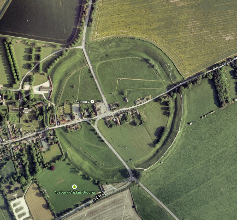
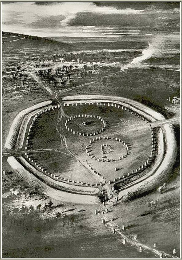
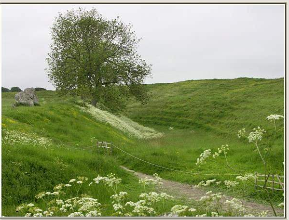
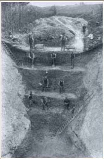
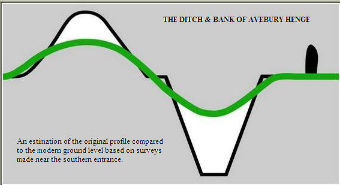
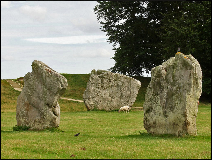
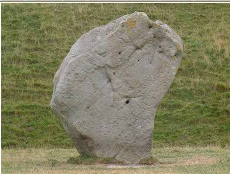
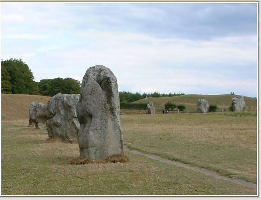
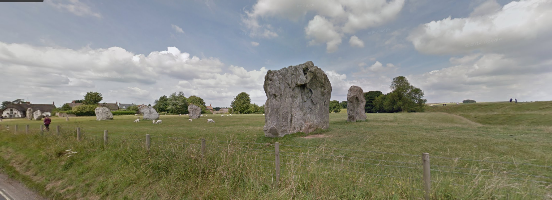
At the heart of pre-
The area covered by the circle is about 28.5 acres and the circumference is approximately 0.8 of a mile. Around the outside of the circle once stood 98 large sarsen stones some of which weighed as much as 60 tons and perhaps more. Within this large outer ring are the remains of two smaller stone circles one of which originally consisted of 27 stones and was about 320 feet in diameter (northern circle) and the other which was about 340 feet in diameter and consisted of 29 stones (southern circle). Both of these inner circles are each much larger than the circle of stones at Stonehenge.
The ditch and bank formation that surrounds the Avebury Henge has to be one of the most amazing products of stone age engineering in the world. As can be seen from these early photographs taken when the ditch was being excavated near to the south entrance it originally was enormous...4,500 years worth of erosion and silting have reduced it to only a third of its original depth which was around 30 feet....Correspondingly the bank was considerably higher which has been estimated at between 20 to 25 feet. The distance from the bottom of the ditch to the crest of the bank could have therefore been a massive 55 feet in places. With a total length of over a kilometre it almost defies belief that the whole thing was dug out of solid chalk using such basic tools as antler picks and shovels made from ox shoulder blades. Nothing tells us more that the available labour at Avebury must have been considerable and capable of good organisation.
The ditch and bank were excavated in the early years of the 20th.century by Harold St. George Gray who was the curator of Taunton museum. He found evidence that their construction had occurred in two phases. Initially a much smaller bank had been built around 2800BC. the final, much larger form which is believed to have been started a century or so later. However, due to the amount of time taken by their construction, precise dating is difficult to achieve.
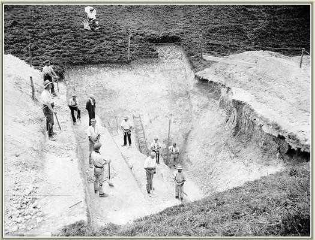
When visiting Avebury today the size of some of the stones is the feature that leaves a lasting impression on most visitors,but when the circle was first constructed the most awesome feature must have been the ditch and bank which had been dug from the solid chalk of the Wiltshire landscape.
INDIVIDUAL STONES
Barber Stone When Alexander Keiller was carrying out his excavations in the 1930s under one stone (no.9 in the south-
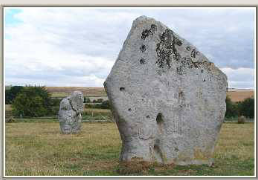
Like the stones of the cove those of the avenue are of male and female types and had been deliberately erected in pairs with a male stone facing a female stone and vice versa along the length of the avenue. Female stones are crudely diamond shaped, male stones are more pillar-
THE COVE -
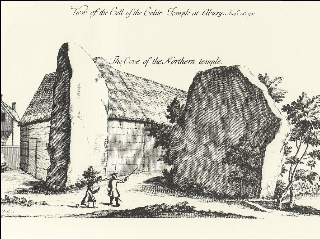
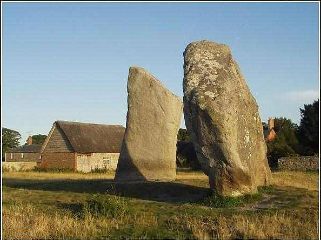
John Aubrey, William Stukley and Alexander Keiller
JOHN AUBREY is historically acknowledged to be the first antiquarian to recognise the true importance of Avebury when he came across it by chance in the January of 1649 whilst out fox-
WILLIAM STUKELEY (1687 -
The appearance of Avebury to-
After clearing the parts of the site which nature had re-
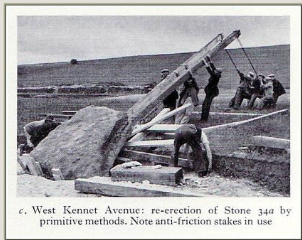
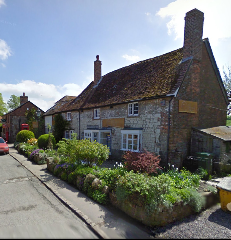
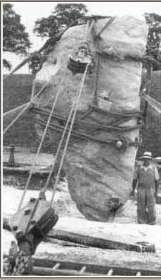
Our visit ended back at the carpark, but not before several members of our group discovered the joys of ice cream from the local shop.
Click to see picture in full
Stuckley’s drawing of the stones
Click to see diagram of stones’position



A 1908 image of St. George Gray's excavations at the southern entrance reveals the underlying chalk with startling clarity
BACK

Slide mouse over picture to see a magnified version